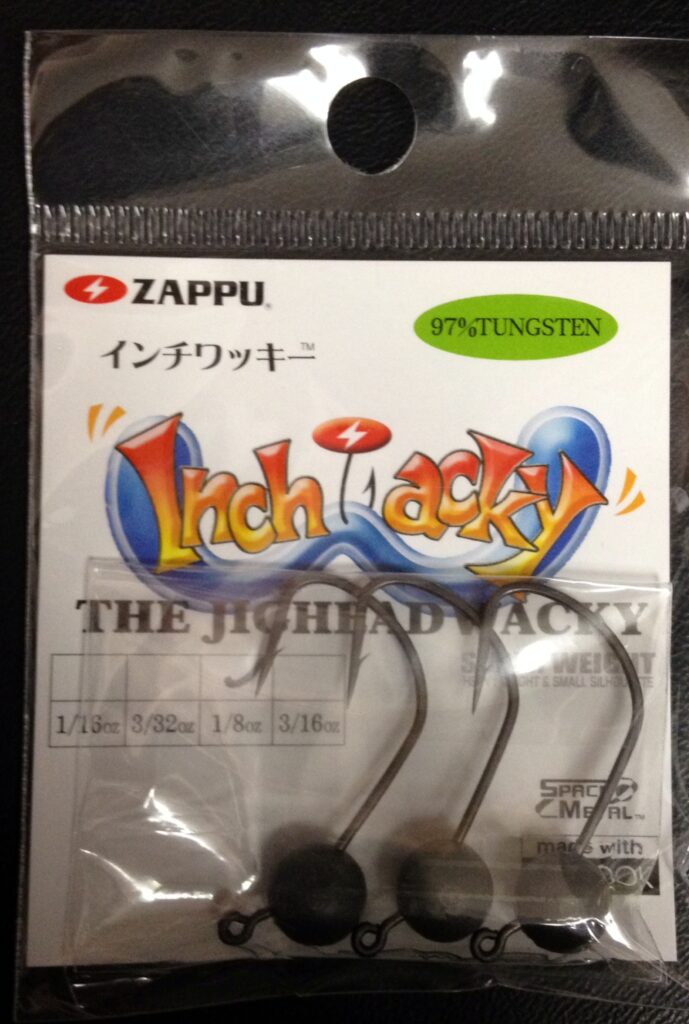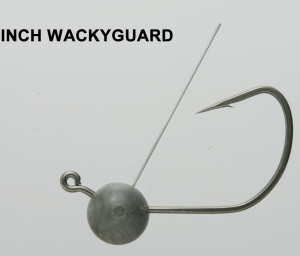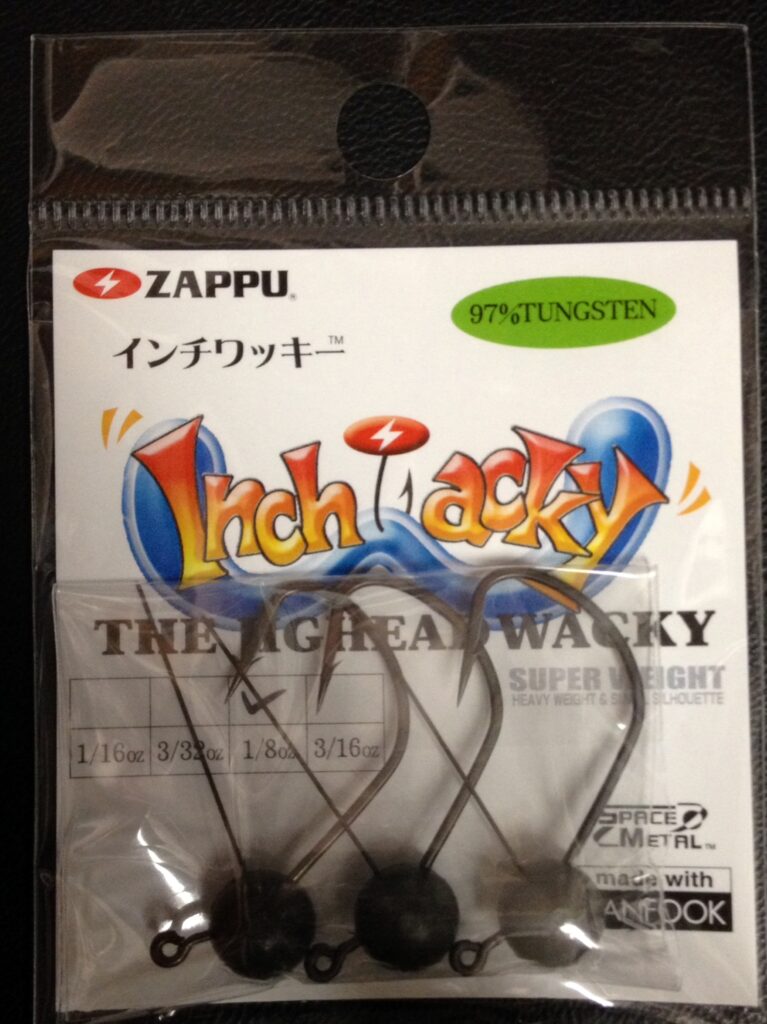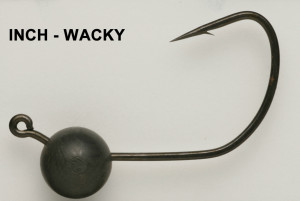ZAPPU Inchi-Wacky
At an Elite Series event on Bull Shoals Reservoir in Arkansas earlier this year, Kurt Dove suspected he’d have to rely on finesse tactics. His hunch proved correct as many anglers in the top ten fished small tubes or shakey head worms.
“It was super clear water,” he recalled. “And fishing really light line was the key to getting more bites.”
It was a pre-spawn event, and while the fish wanted to move up to the shallow flats, they were spooky and weren’t feeding very heavily. During his practice, there was no wind, and the lake was dead still, perfect conditions for a weightless soft stickbait. He’d located largemouths in 8 to 12 feet of water and smallmouths in the 12 to 15 foot range, and by rotating between the two he felt he could wait out a big bag each day.
“It was slow, but very effective,” he said of the wacky worm. “It had a bigger profile than lures like a shakey head, but it was still effective. But the worst thing for any finesse approach is wind and that’s what we got during the tournament.”
Fortunately, he was able to adjust and fish the same areas, with the same soft plastics, without lessening the appeal of his bait. His tools were 3/32 and 1/8 ounce Zappu Inchi Wacky jigheads adorned with soft stickbaits. It’s a presentation he uses throughout the seasons when wind and spooky fish are present, at times when others abandon similar presentations altogether.




“A lot of times anglers only wacky rig in zero to five feet of water,” he said. “But the same thing that makes the technique work shallow makes it effective deeper. The non-obtrusive tungsten of the head keeps the action the same, but you can cover the same amount of water quicker, which should normally get you more bites.”
The heads are available in a variety of weights, and Dove assesses a combination of the depth and the wind to figure out which will allow him to cover water precisely without dampening the natural action of his soft stickbait.
“At Bull Shoals, I was fishing the 1/8th ounce at the ends of points, and the 3/32nd for fish I found in the backs of pockets,” he explained. He tailored his line size to the conditions, too, utilizing 10 lb. test Toray Solaroam Superhard Upgrade for deeper fish and 8 lb. line of the same model for shallower fish, which tended to be more spooky. “As the name suggests, the line is a little bit harder. It’s very abrasion-resistant, which was important because I was fishing around rocky contours and docks.”
Ninety percent of his bites come on the fall, so he lets it go to the bottom on a completely slack line, then twitches the lure one to three times and reels it in. The twitches are in case a bass has followed it to the bottom and remains indecisive. If those are the types of bites he’s getting, he’ll use an El Grande Lures Hatch Match Stick, which is salt-free, and is fairly buoyant. It has an undulating action when shaken on the bottom. On the other hand, when the bite on the fall is clearly dominant, he’ll lean toward a Yamamoto Senko, which has salt and a more natural action on the descent. In either case, he’ll lean toward various shades of green pumpkin and watermelon.
Once he detects a strike, Dove doesn’t set the hook – he pulls it. “You don’t want to snap it,” he advised. “Think of it as a pin versus a nail. If you have a big jig or a spinnerbait with a big fat hook, it’s important to set the hook hard, like hammering a nail. With the Inchi Wacky, the hook diameter is small, so all you need to do it pull. If you set it too hard, you’ll pull the hook right through his mouth.” He prefers a Powell 703 spinning rod, which he calls a “heavy-medium rod” (not “medium heavy”): “It’s very sensitive, and then when you apply pressure the rod stiffens up and it has the right amount of backbone to take control of the fish.”
Dove may have used the Inchi Wacky to salvage a tough change of conditions at Bull Shoals, but it rarely leaves the rod locker of his Skeeter under a host of conditions. The only time he doesn’t like it is in dirty water. “You have to have at least a foot of clarity,” he said. “The clearer it is, the more effective it is.” But any time there are spooky, pressured fish around in clear water environments, particularly when the wind kicks up, it’s his go-to, whether it be a gin-clear big largemouth factory like Amistad or a glacial smallmouth fishery like the Great Lakes.
